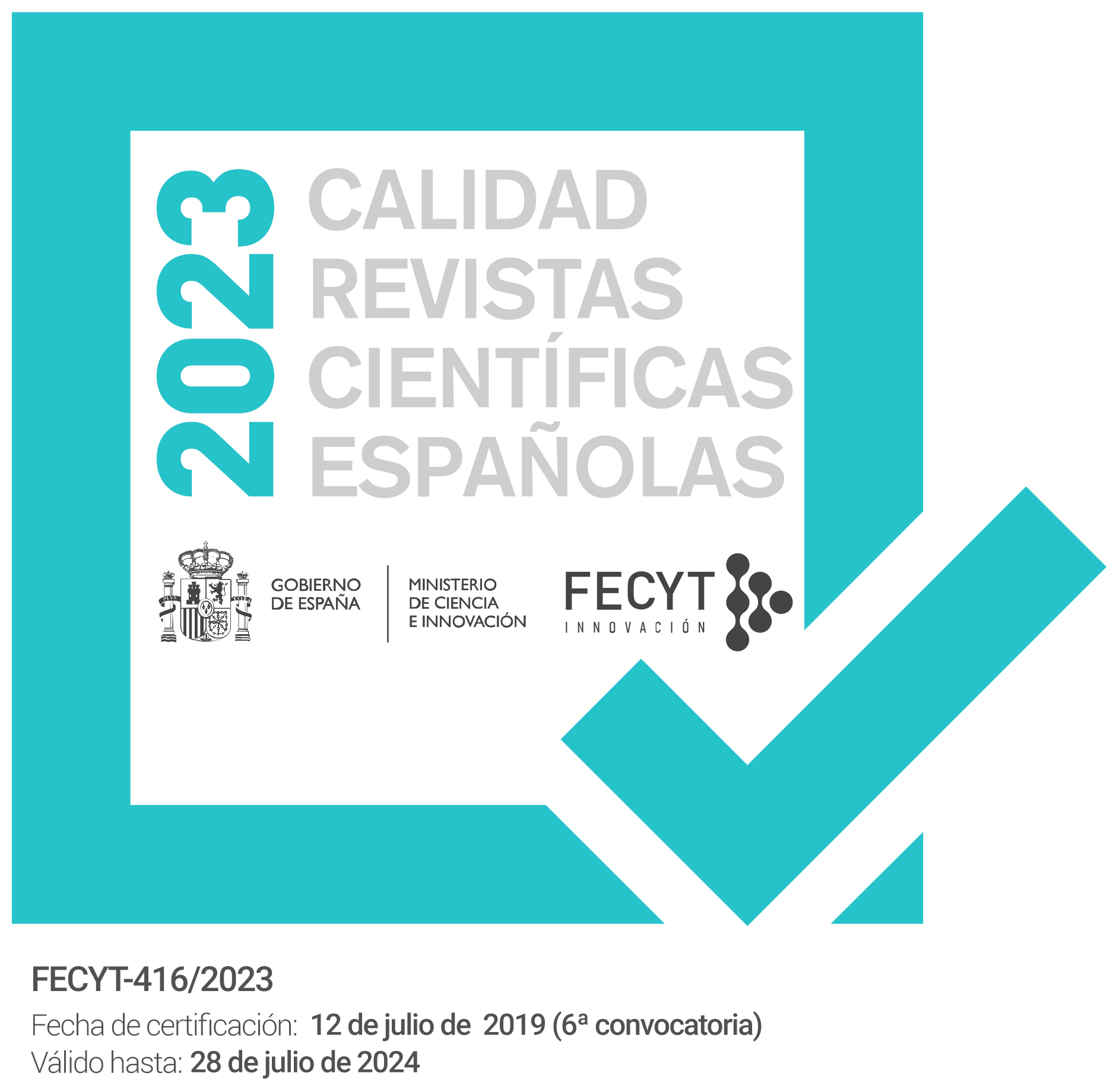Apante, cultivo de caña de azúcar y sus repercusiones en el reino de Guatemala, siglo XVIII
Keywords:
apante, caña de azúcar, San Salvador y Sonsonate, siglo XVIIIAbstract
La vida de las provincias de San Salvador y Sonsonate, que conformaron el actual El Salvador, en
América Central, estuvo caracterizada por la dependencia de la capital y el monocultivo. Para la segunda
mitad del siglo XVIII aconteció el despunte añilero (sustituyendo al cacao sonsonateco tras su
declive) que tanta relevancia tuvo para la economía del reino y que repercutió de manera particular
en las economías locales, «tironeando» el desarrollo de otros productos. El más sobresaliente de ellos
fue la caña de azúcar, con una producción tan considerable que llegó a hacerse de una importante porción
del mercado capitalino guatemalteco. El presente trabajo sostiene que esto sólo fue posible gracias
al empleo del apante o regadío, ya presente en los limitados espacios tecnológicos y comerciales de
aquella sociedad rural. Rompiendo los paradigmas del sistema productivo cañero, las elevadas posibilidades
productivas del apante, los antecedentes de su uso y el mismo sistema productivo añilero,
aseguraron el éxito de la empresa, en un ejemplo poco conocido del aporte de la tecnología indígena
en las sociedades y economías del interior colonial.
The life of the provinces of San Salvador and Sonsonate, which formed the actual El Salvador in
Central America, was characterized by their dependency of Guatemalan city and their monoculture.
For the second half of the eighteenth century (replacing Sonsonate’s cacao after its decline) the añil
ink became the most important product for the economy of the kingdom, pushing the development
of other products. The most prominent of these was the sugarcane, with such a large production that
it came to be an important part of the Guatemalan capital market. This paper argues that this was
only possible by the use of an irrigation system of «apante», which was already present in the limited
technological and commercial spaces in the rural society. Breaking paradigms of the sugarcane
production system, the high productive potential of apante and its background in añil production
system, ensured the success of the task, in a little-known example of the contribution of local
technology in societies and economies of the colonial hinterland.
Downloads
Downloads
Issue
Section
License
The articles are open access distributed under the terms of the Creative Commons Attribution-NonCommercial-NoDerivatives (CC BY-NC-ND) Spain 4.0 license. Authors who publish in this journal agree with the following terms:
a) Authors retain the copyright and guarantee the journal the right to be the first publication of the work as well as licensed under a Creative Commons Attribution License that allows others to share the work with a recognition of the authorship of the work and the Initial publication in this magazine.
b) Authors may separately establish additional agreements for the non-exclusive distribution of the version of the work published in the journal (for example, place it in an institutional repository or publish it in a book), with recognition of its initial publication in this magazine.
c) Authors are allowed and encouraged to disseminate their work electronically (for example, in institutional repositories or on their own website) before and during the submission process, as it may result in productive exchanges, as well as a earliest and largest citation of published works (See The Effect of Open Access).



